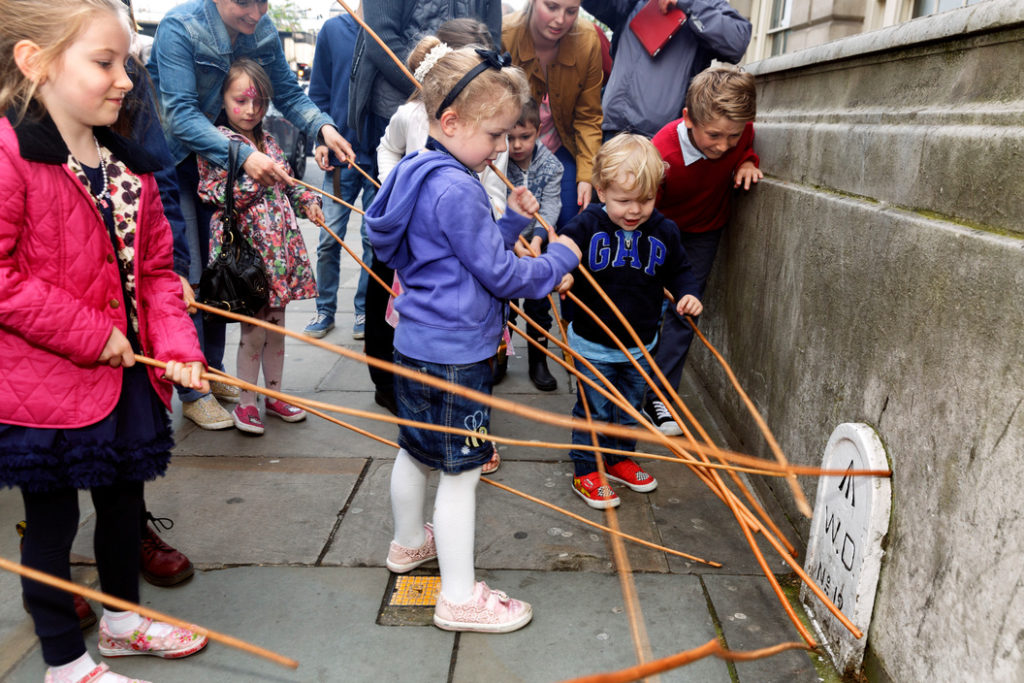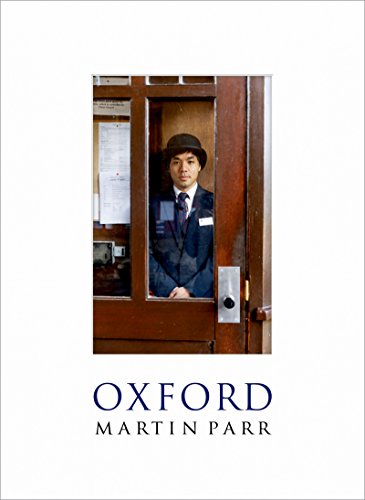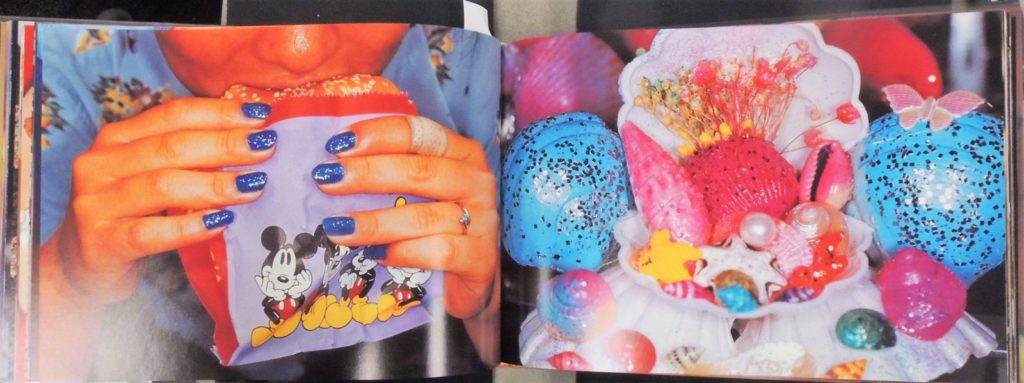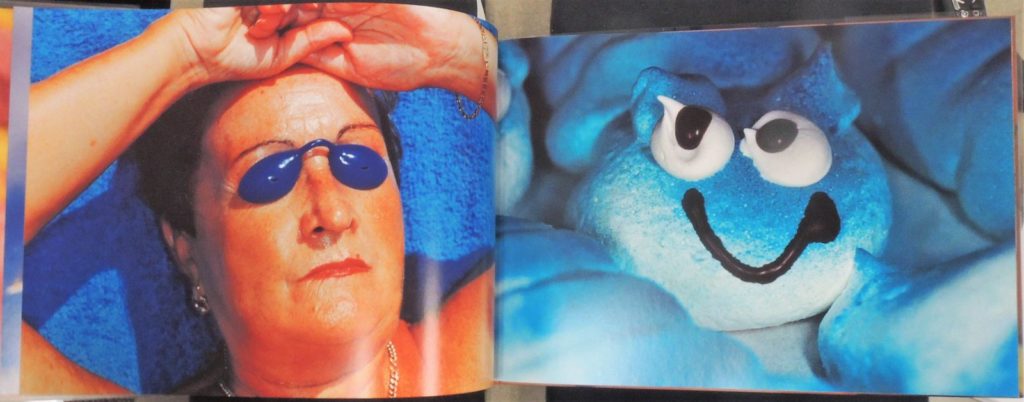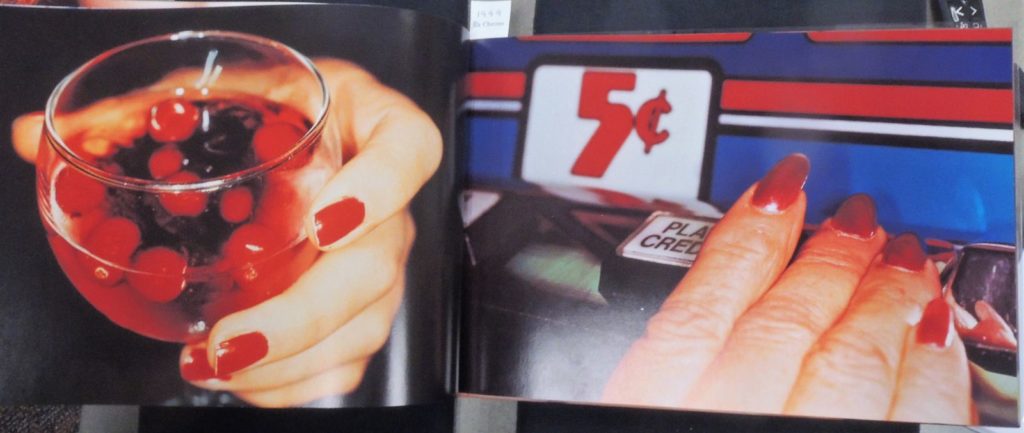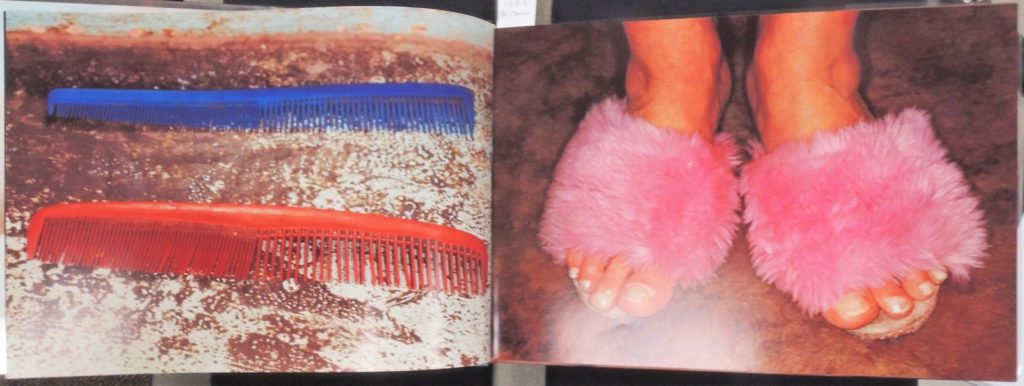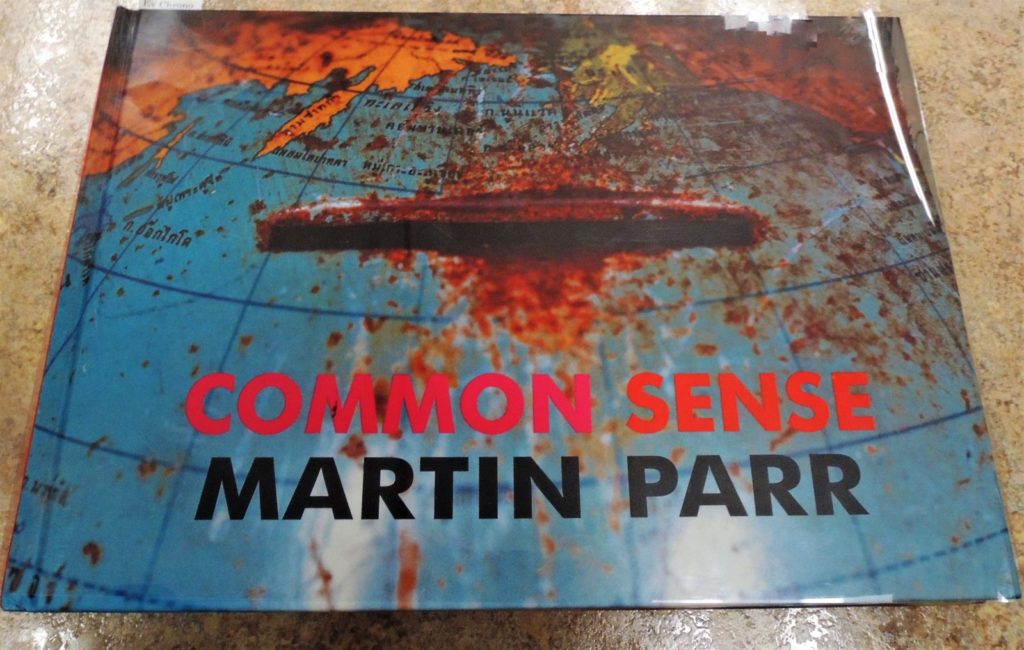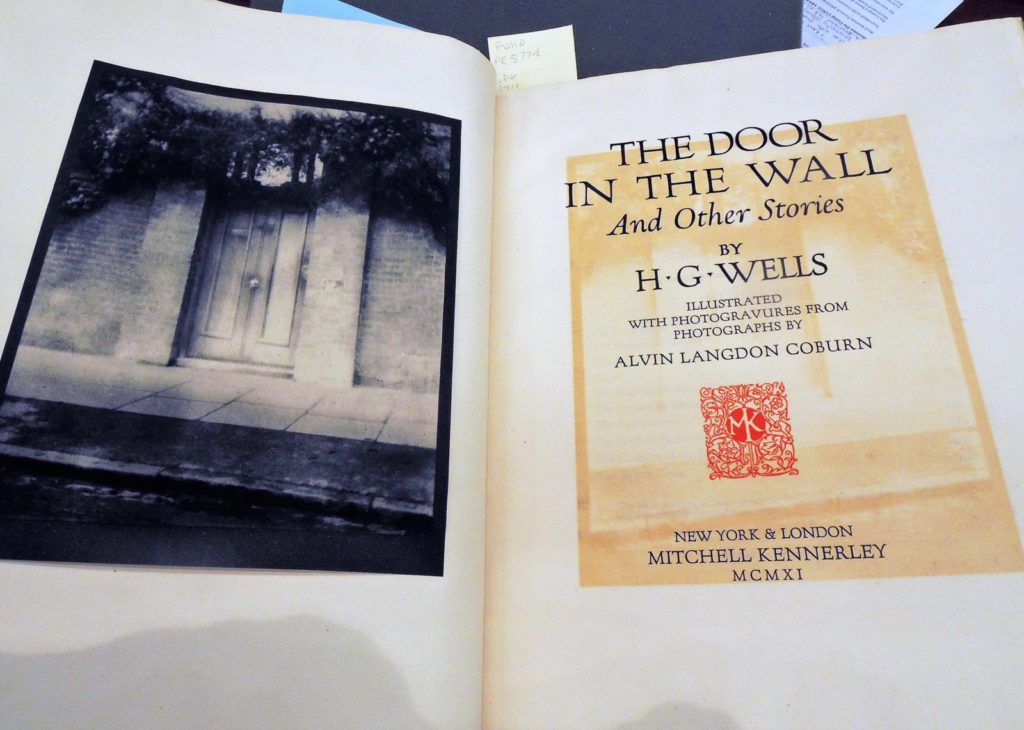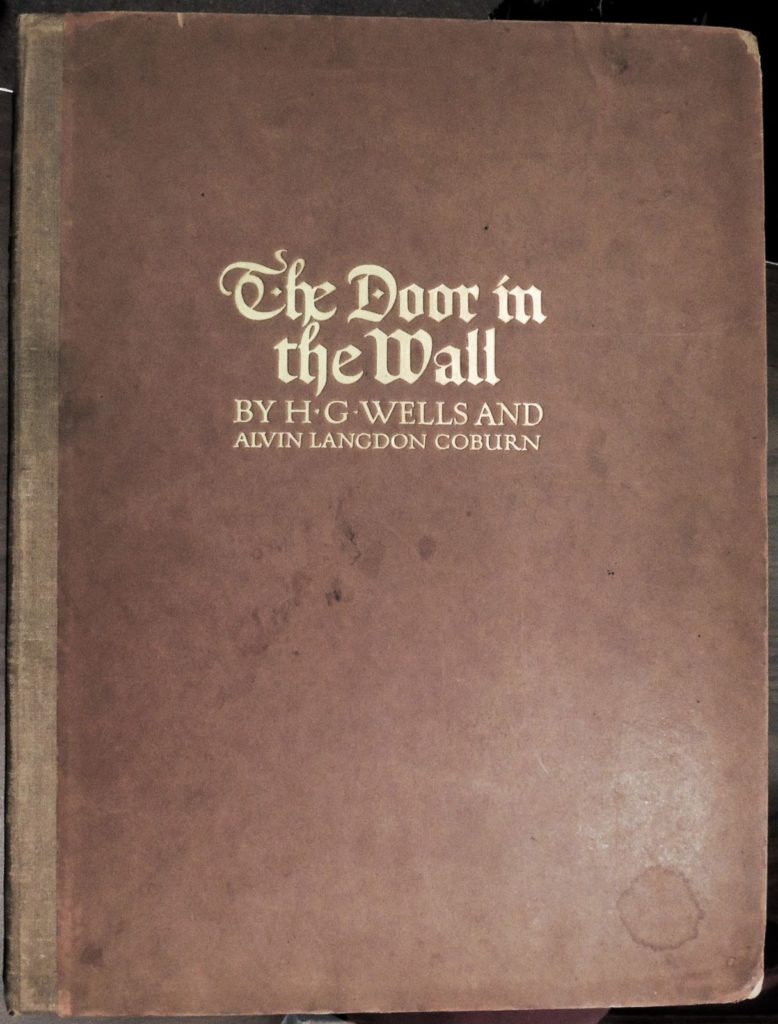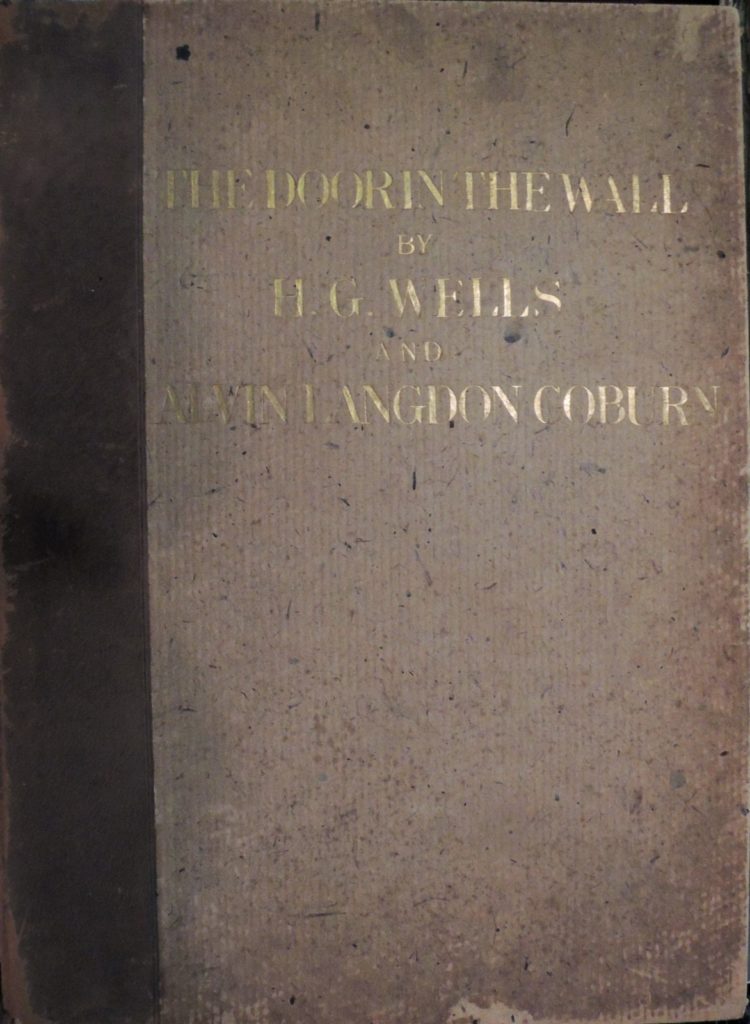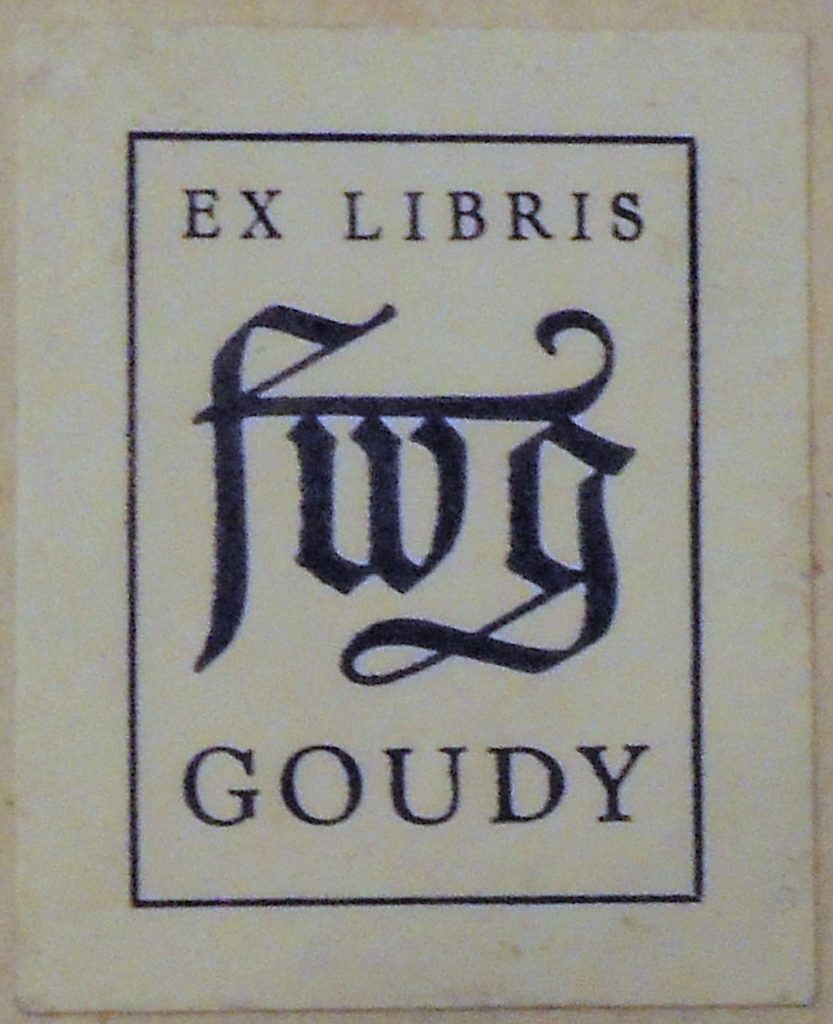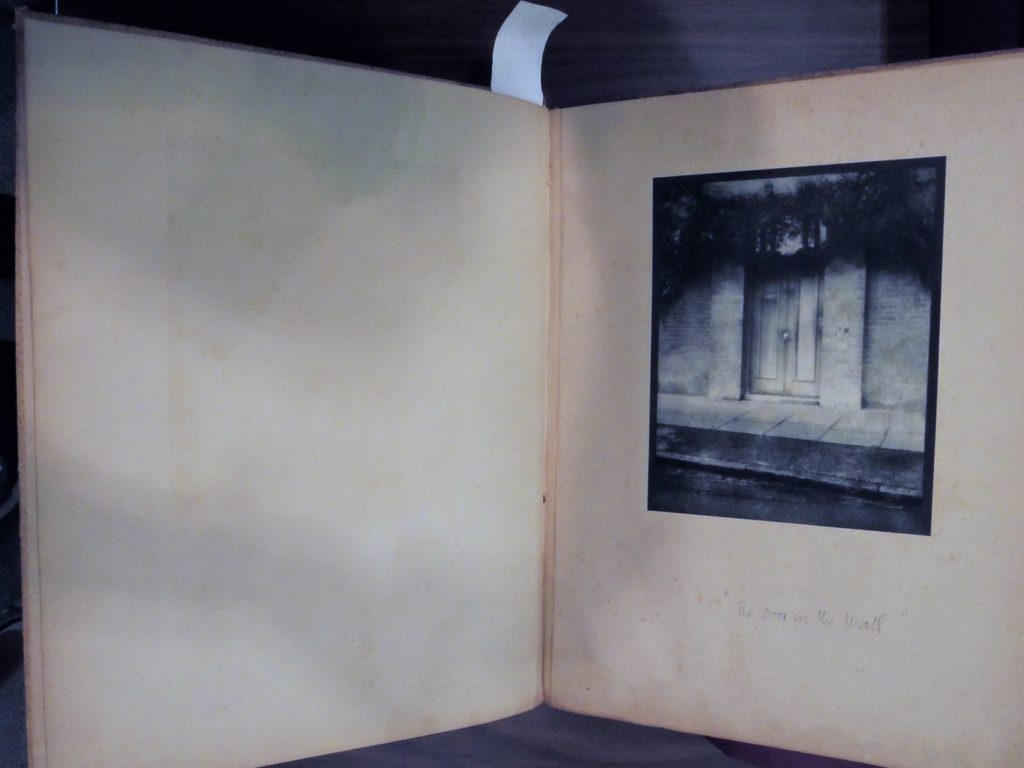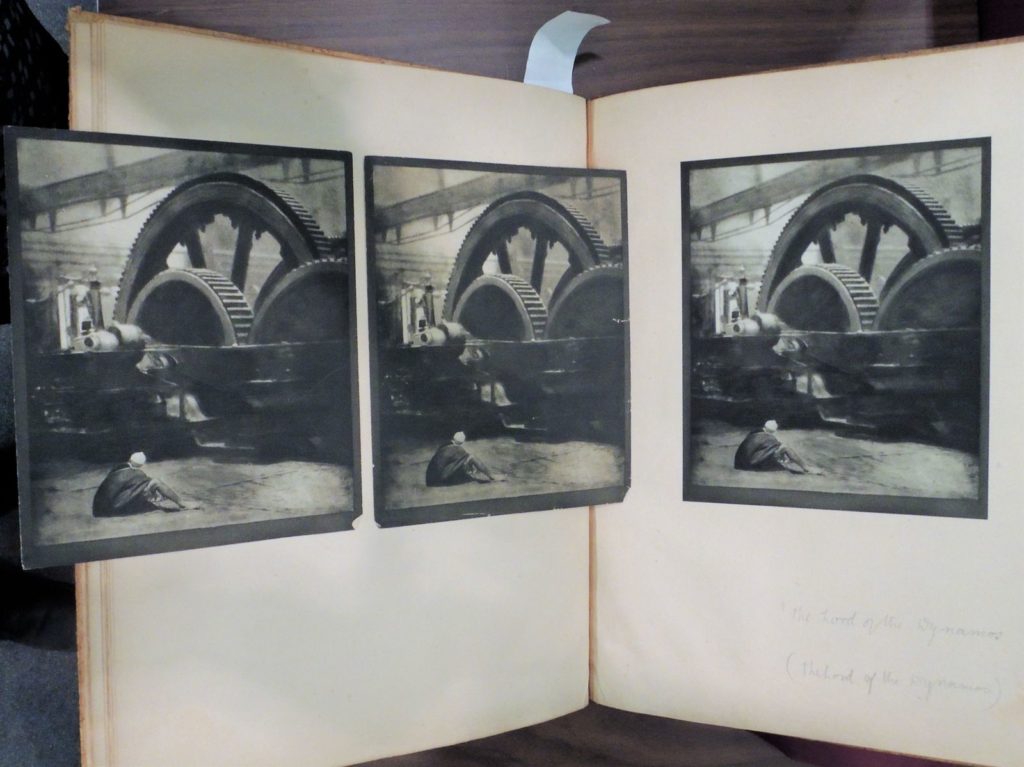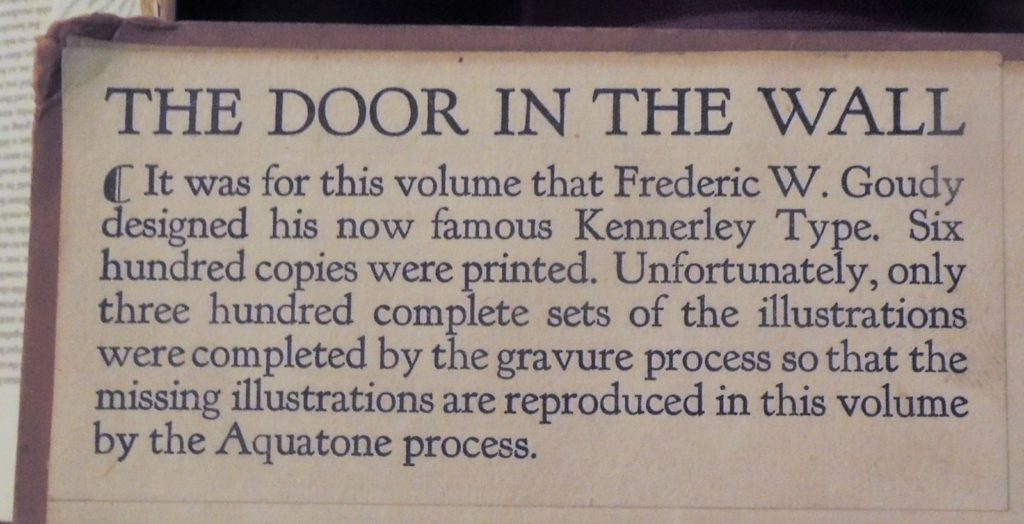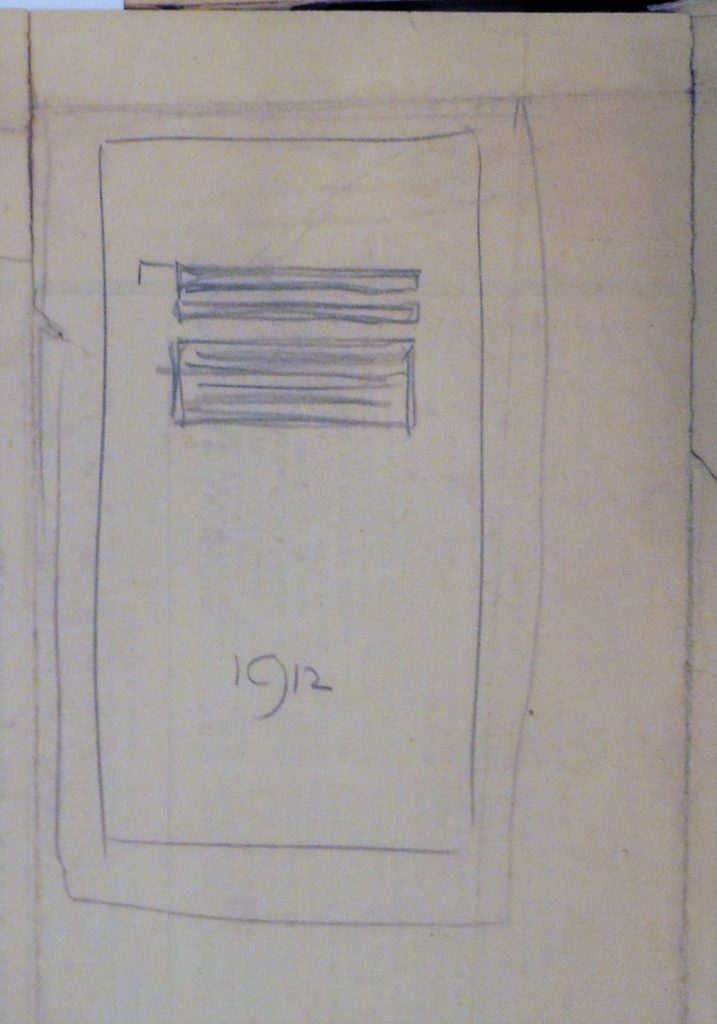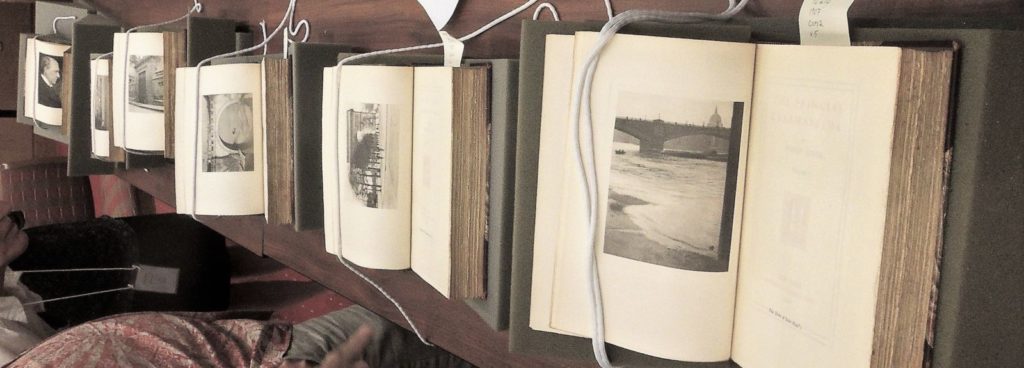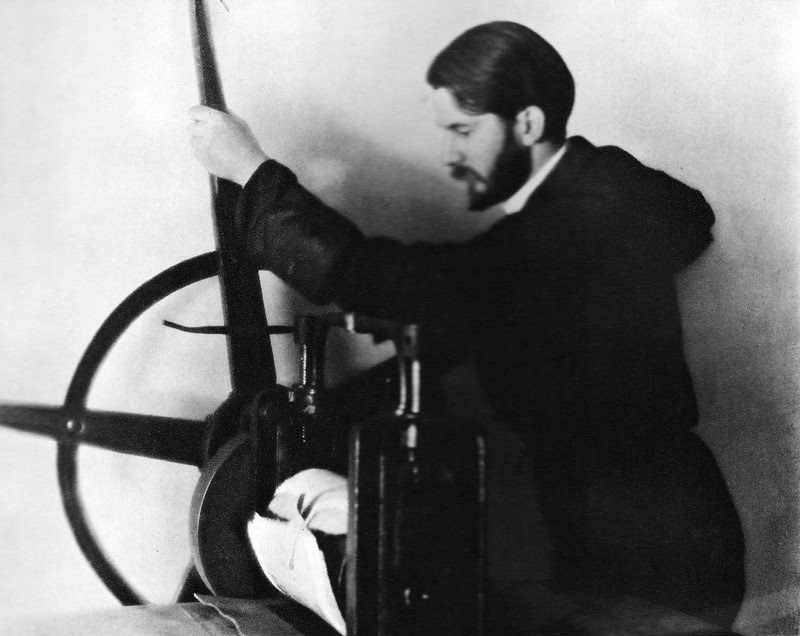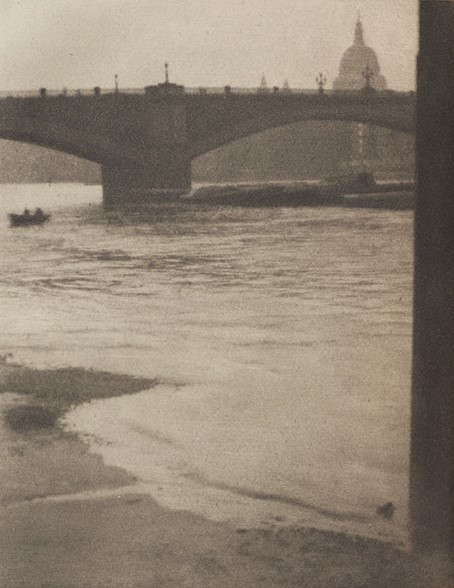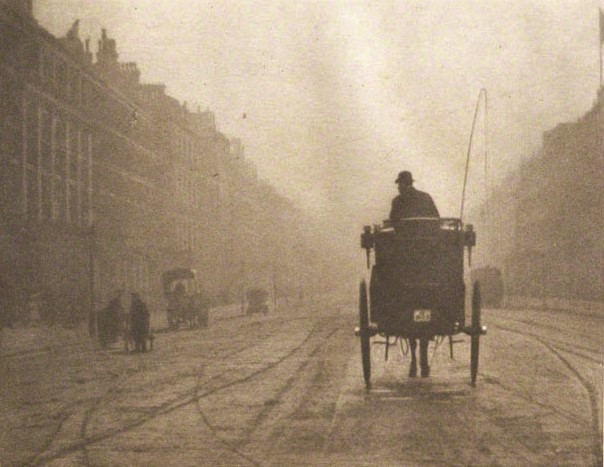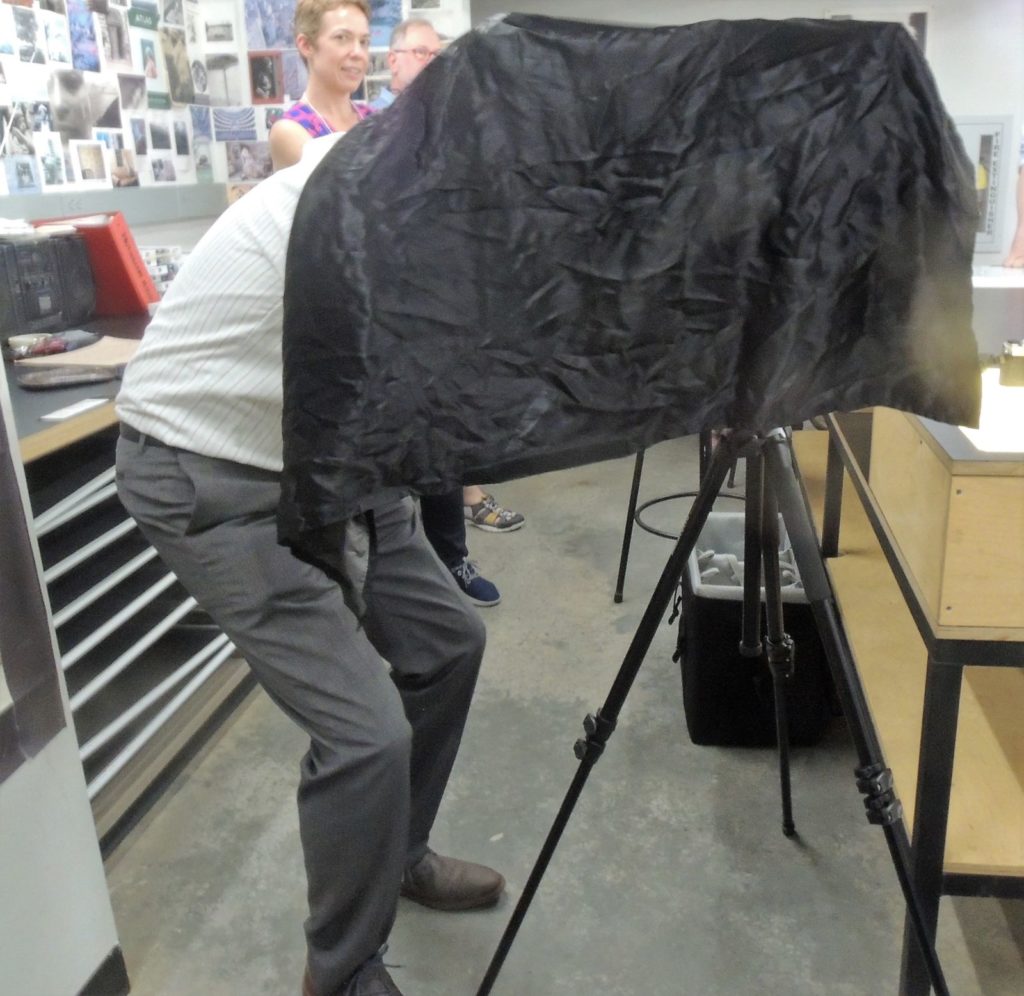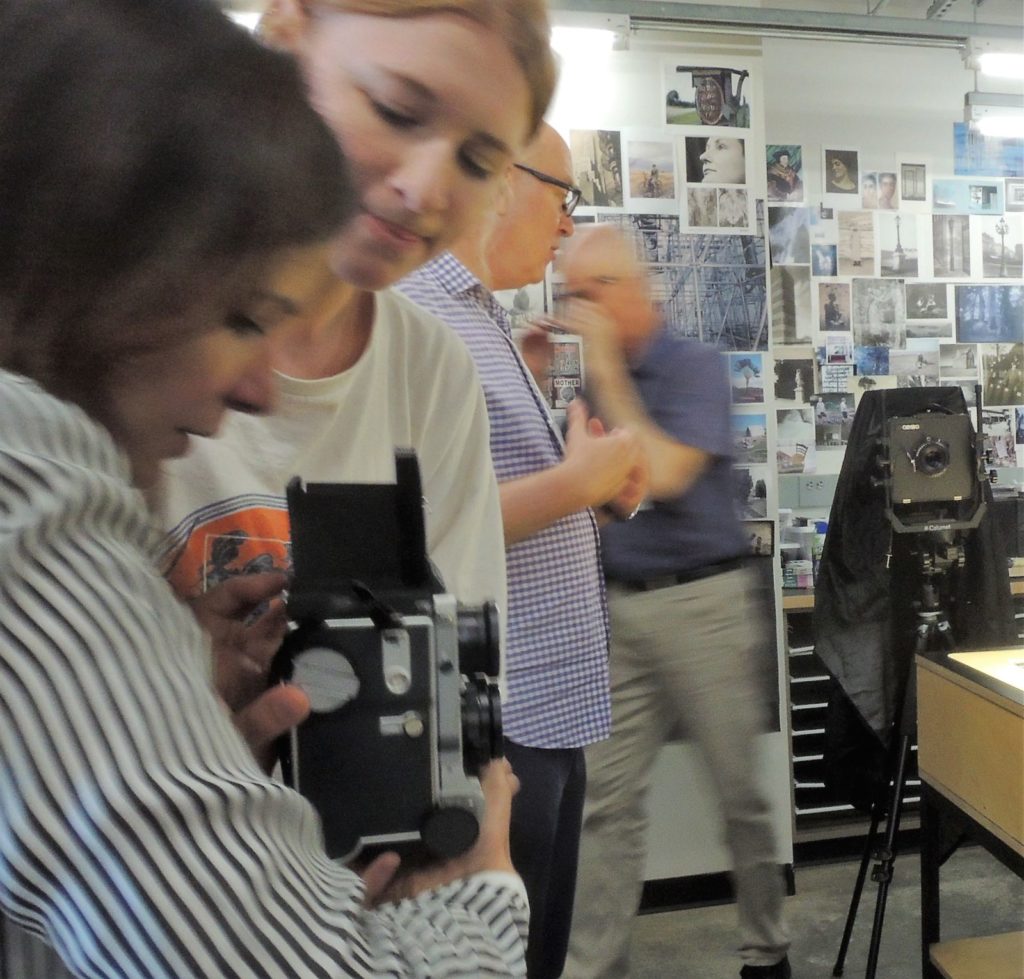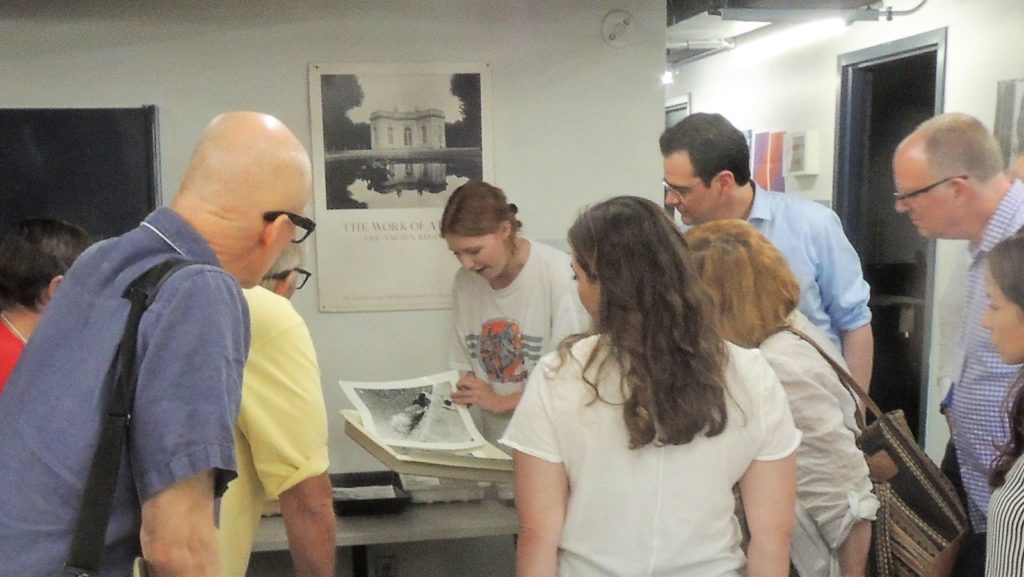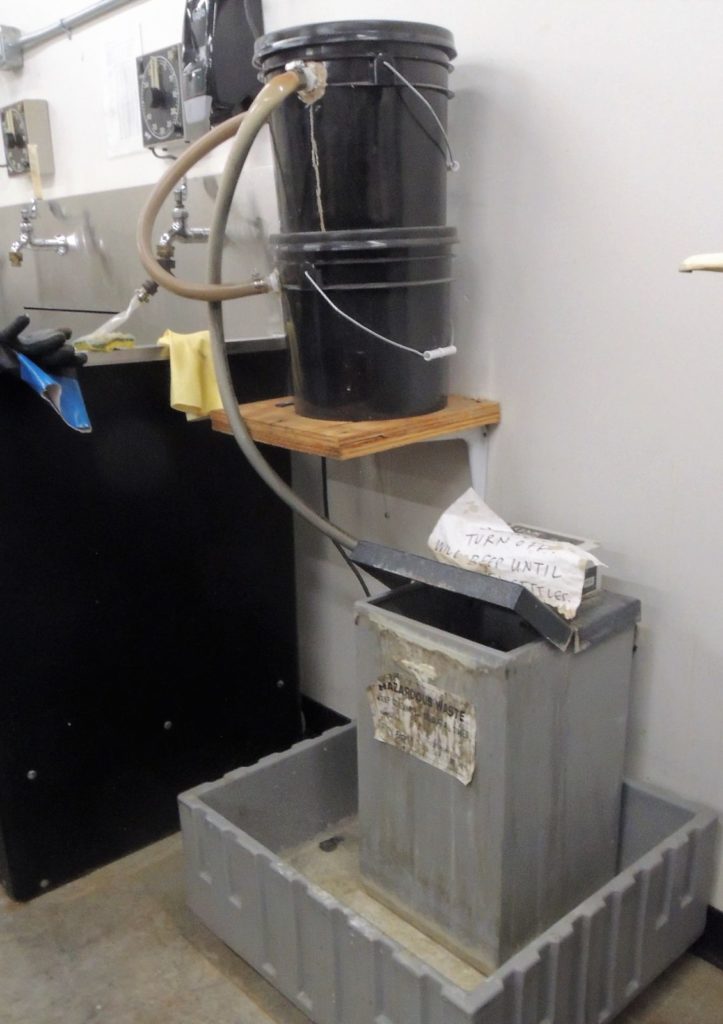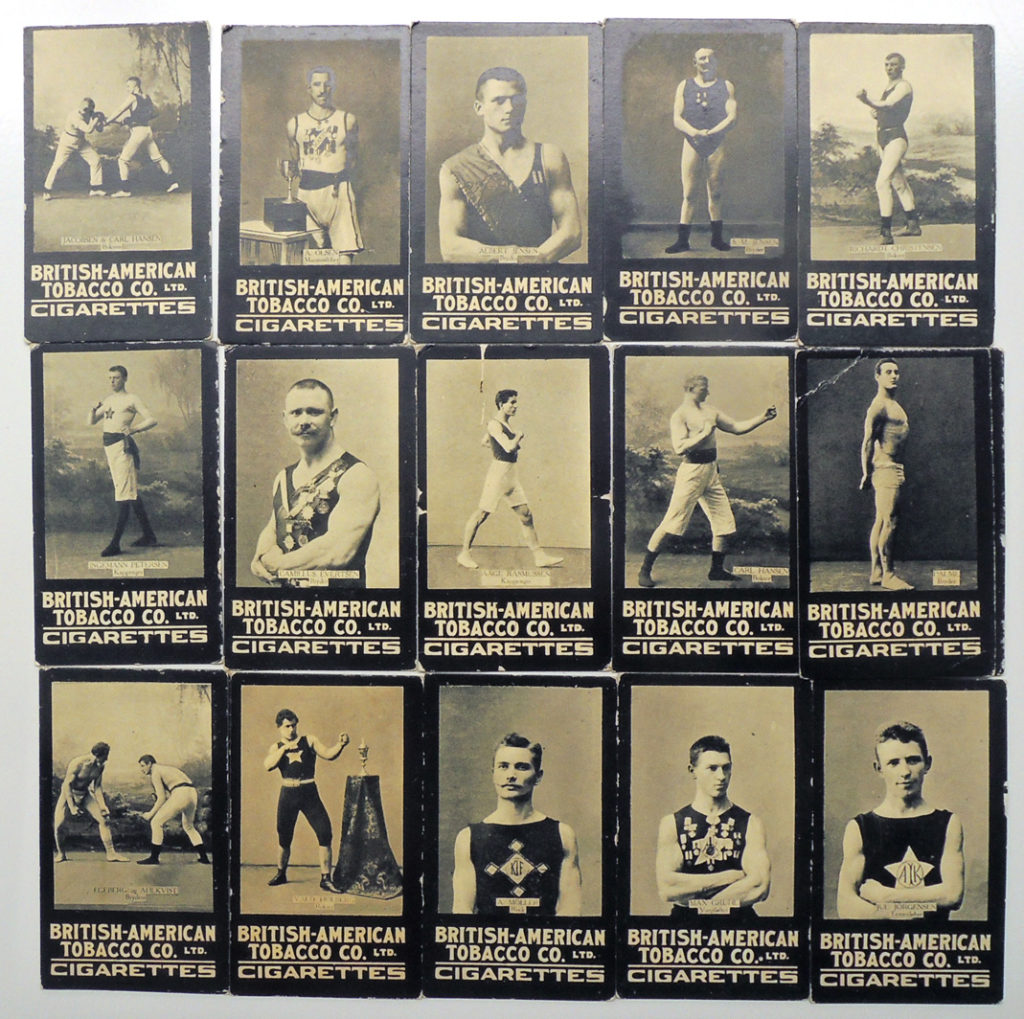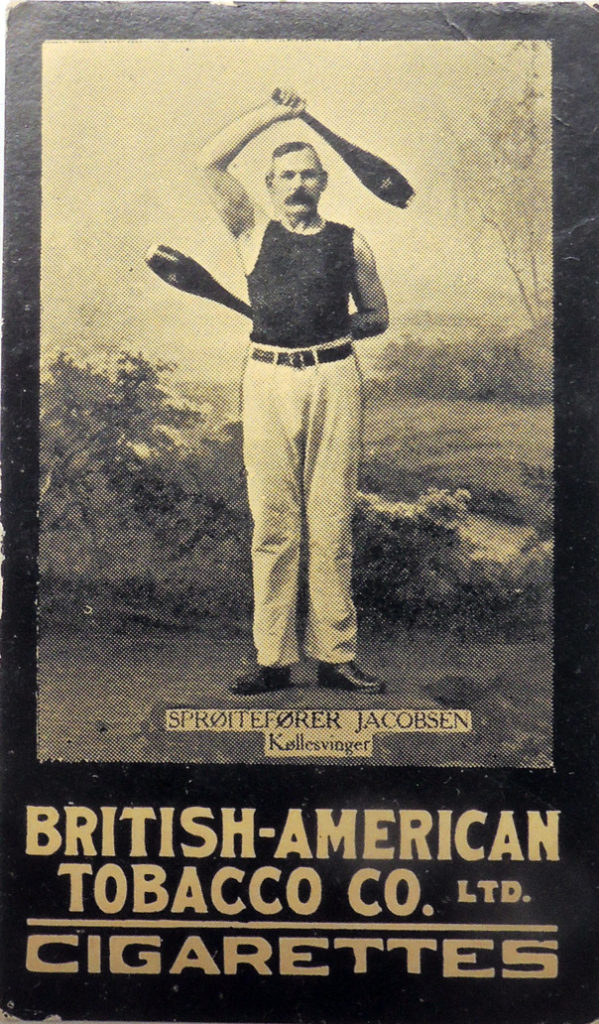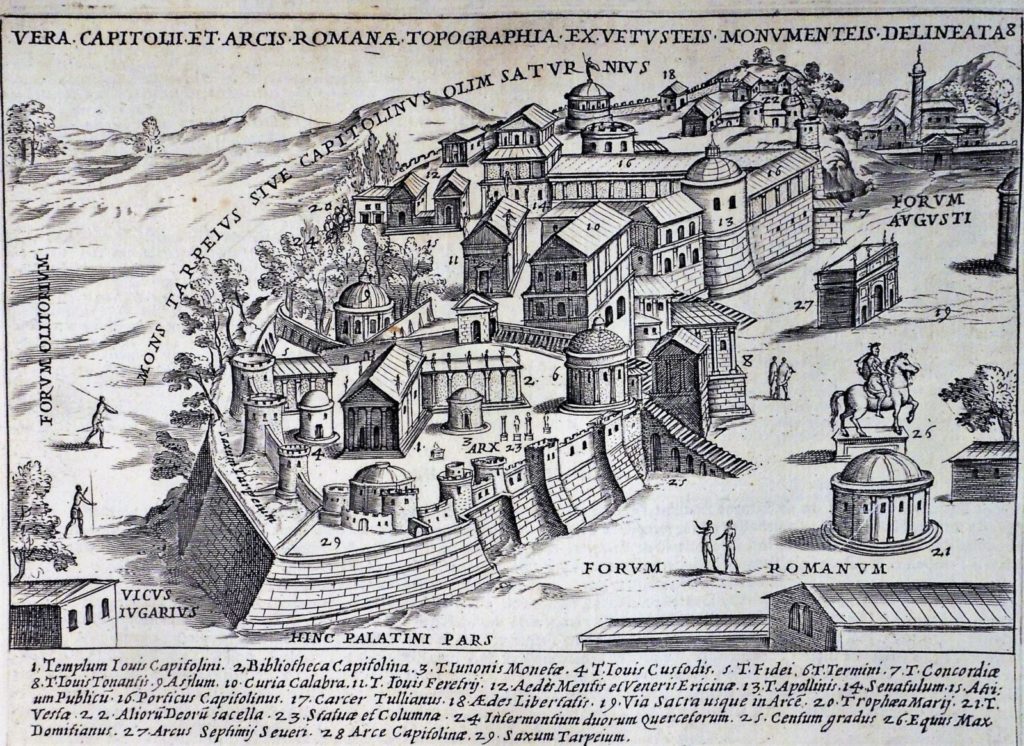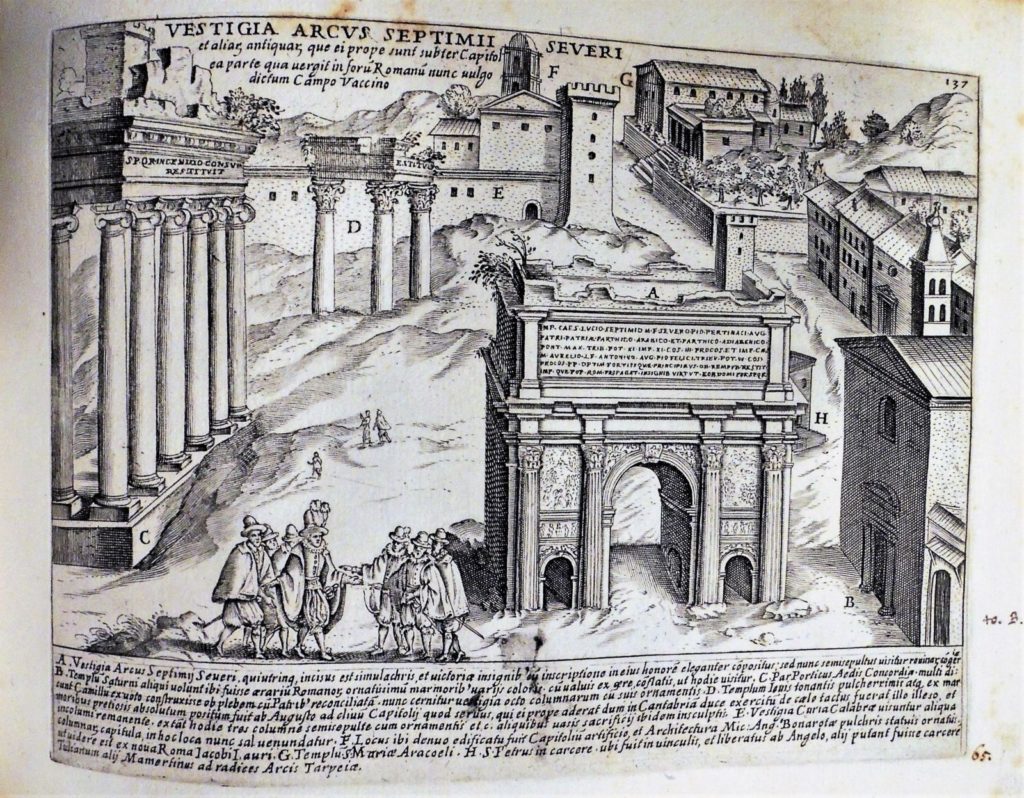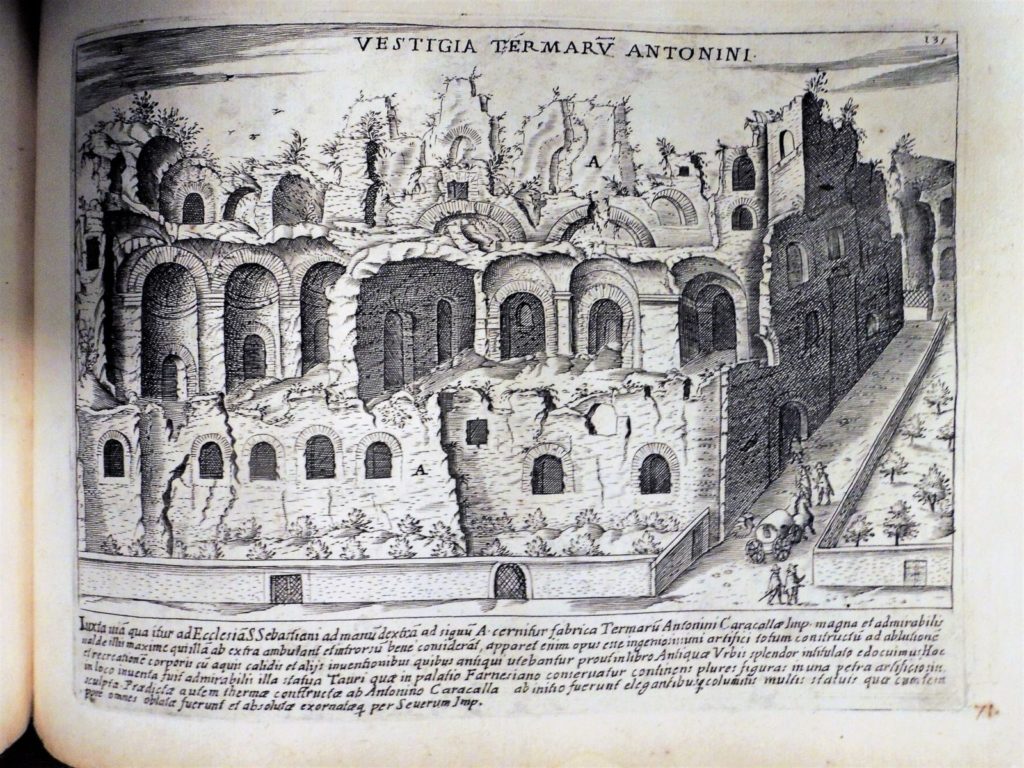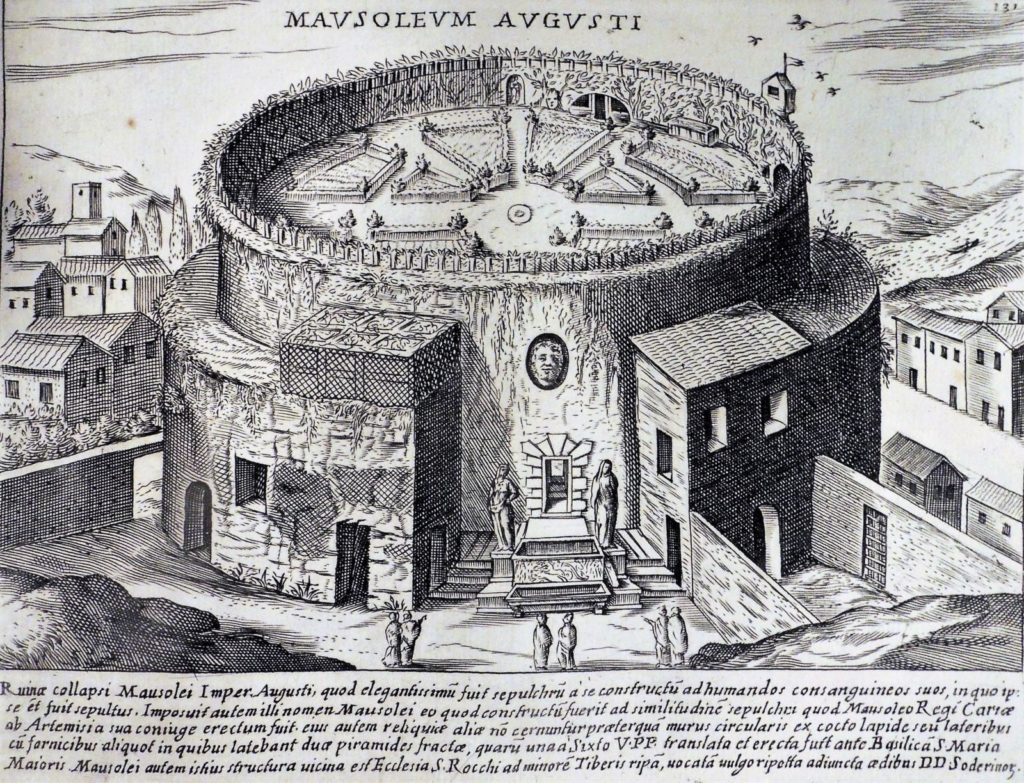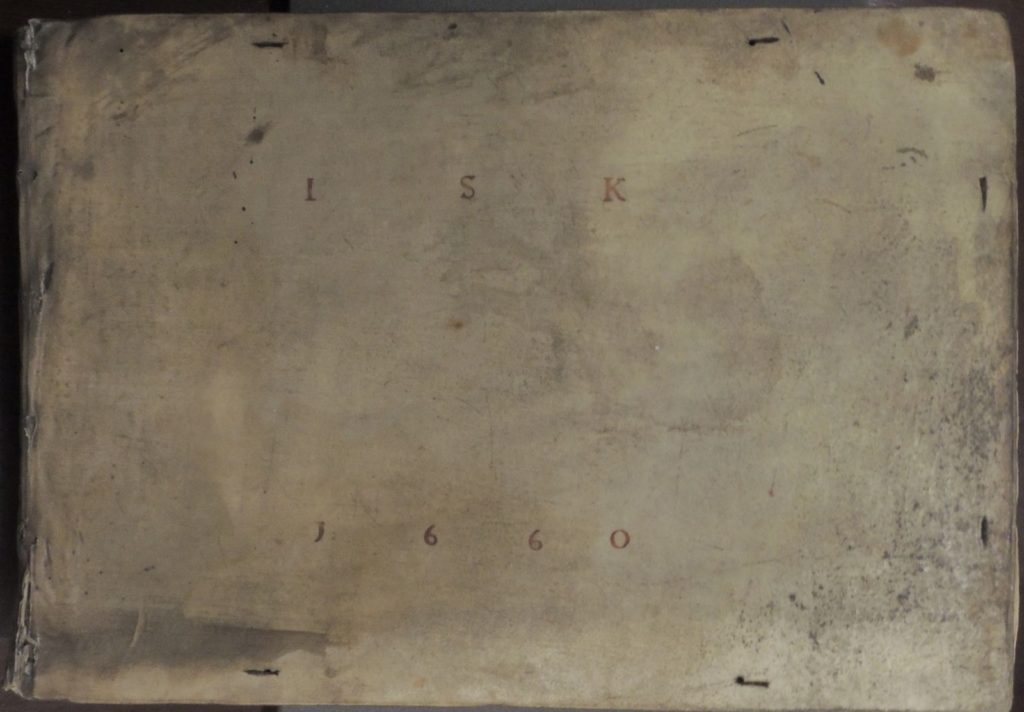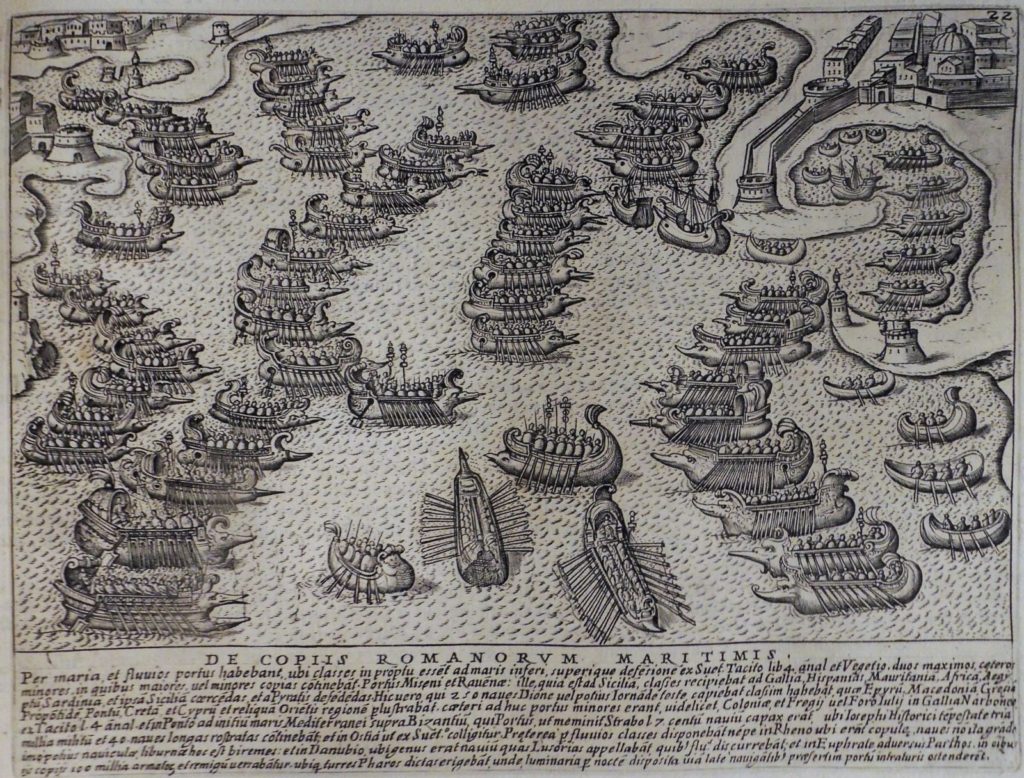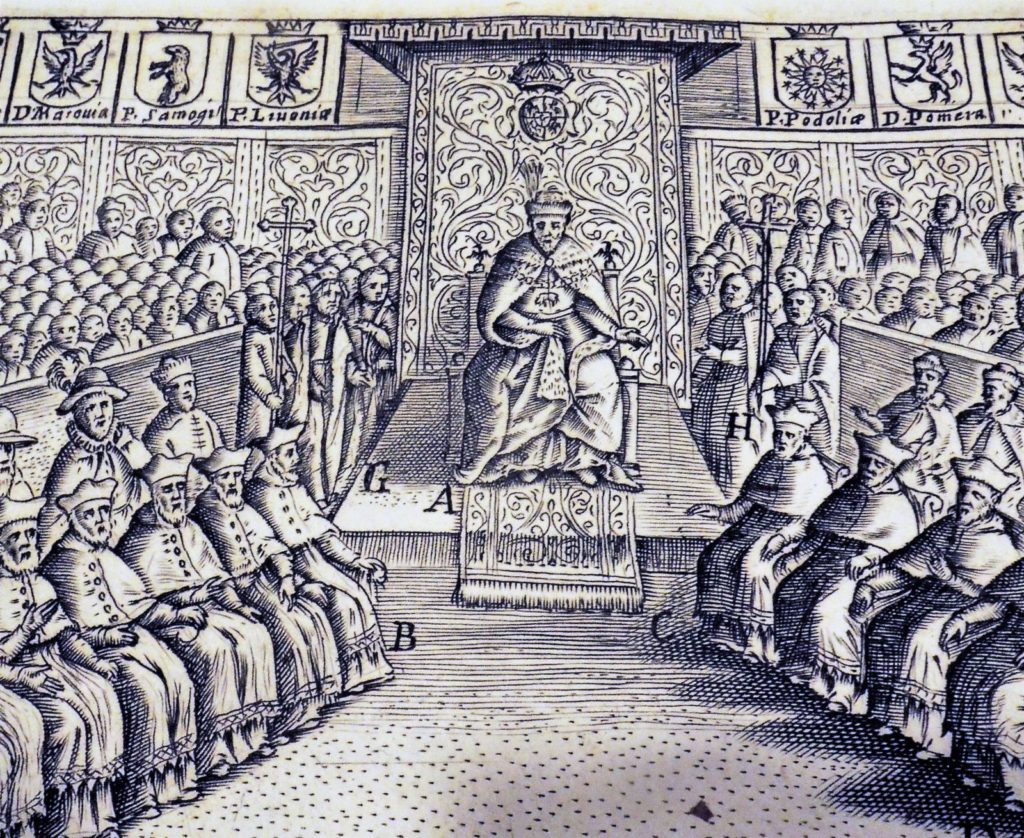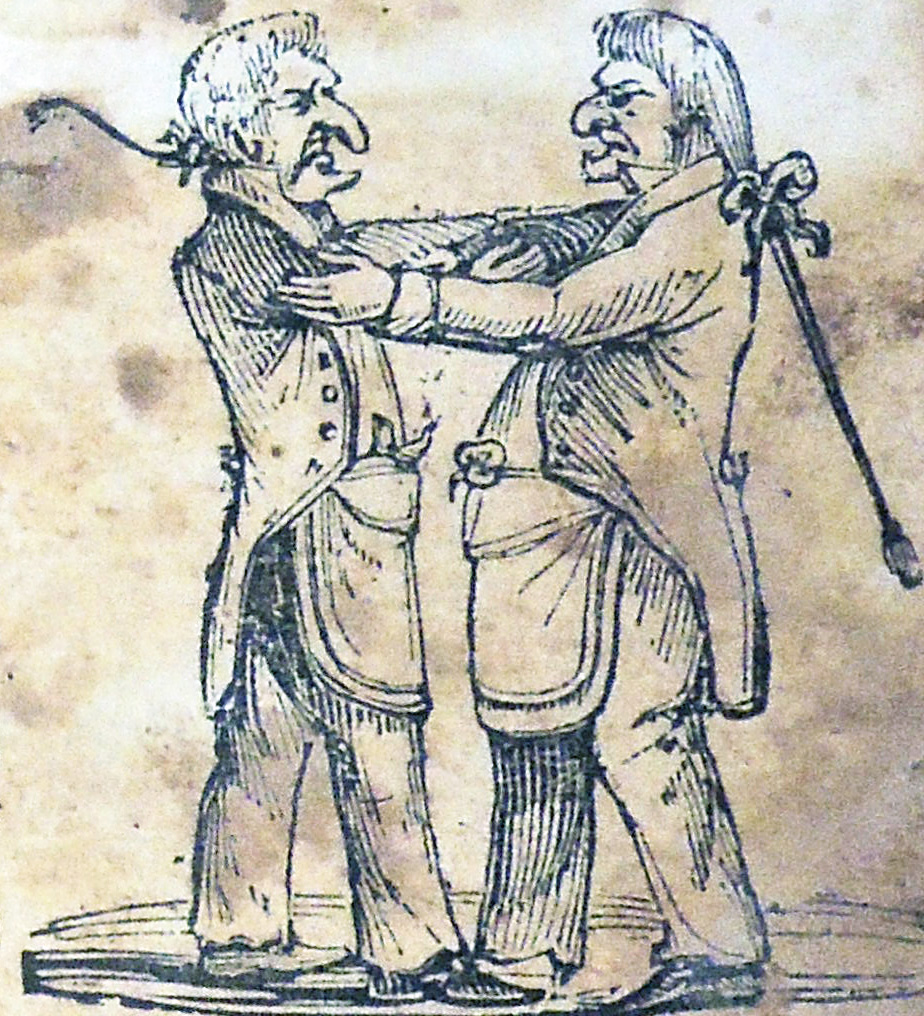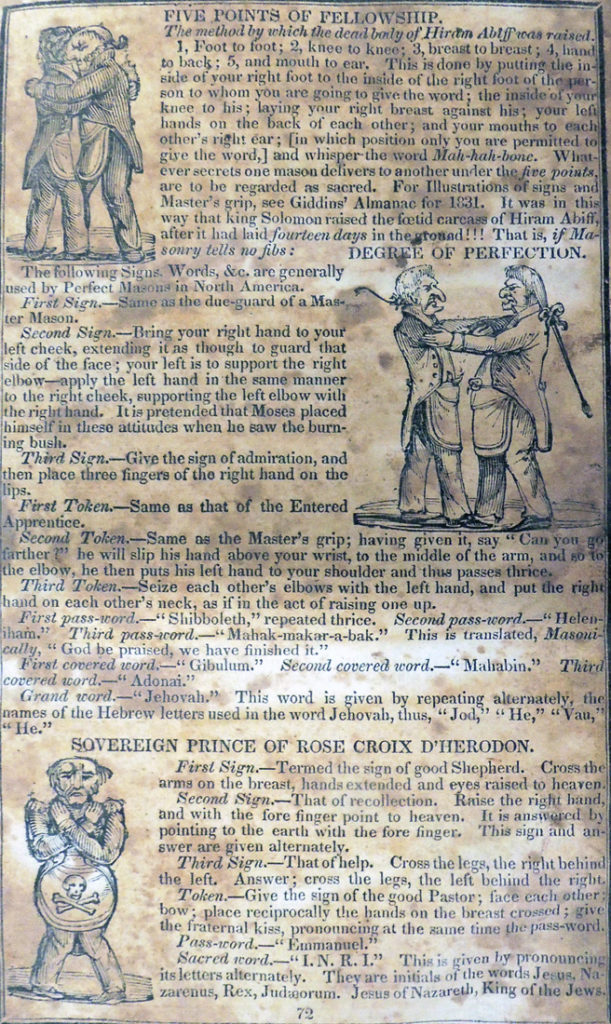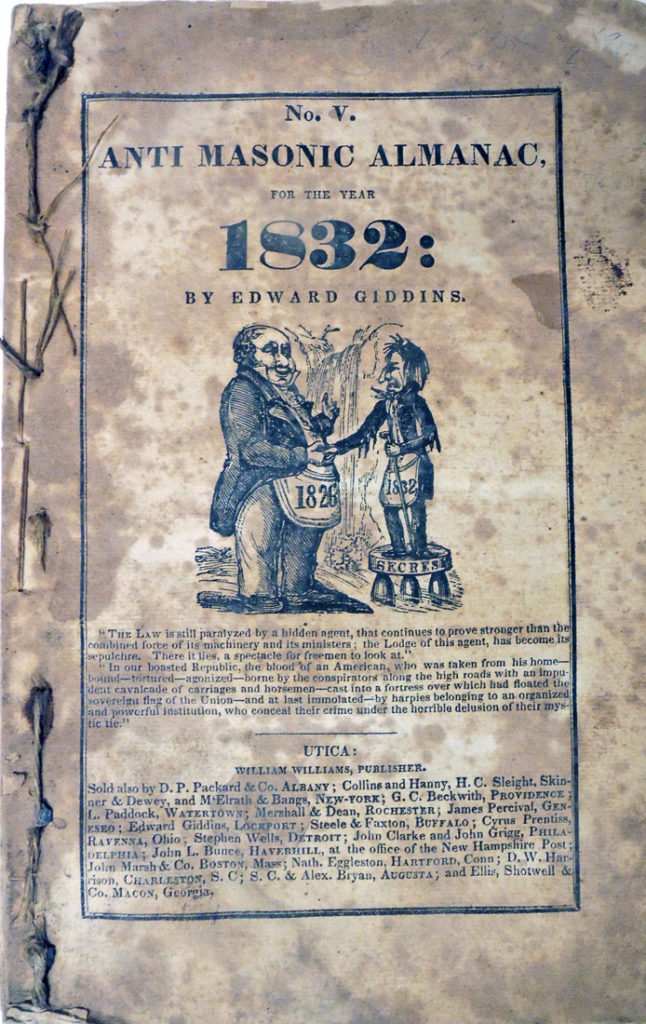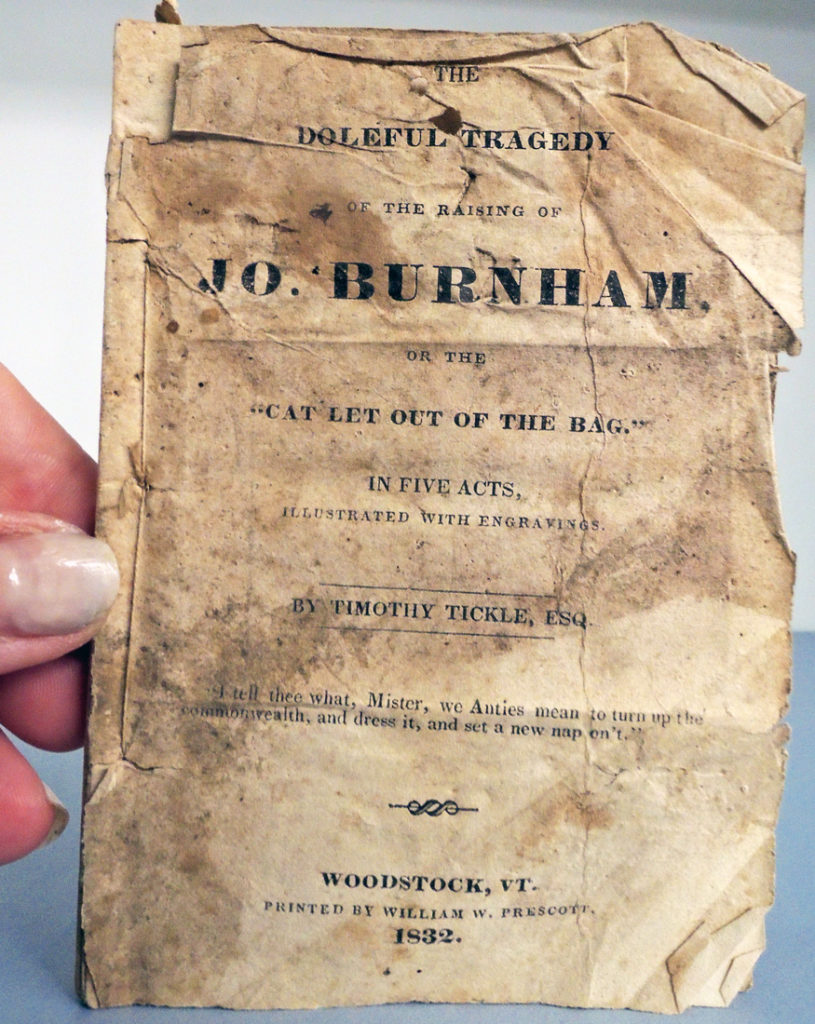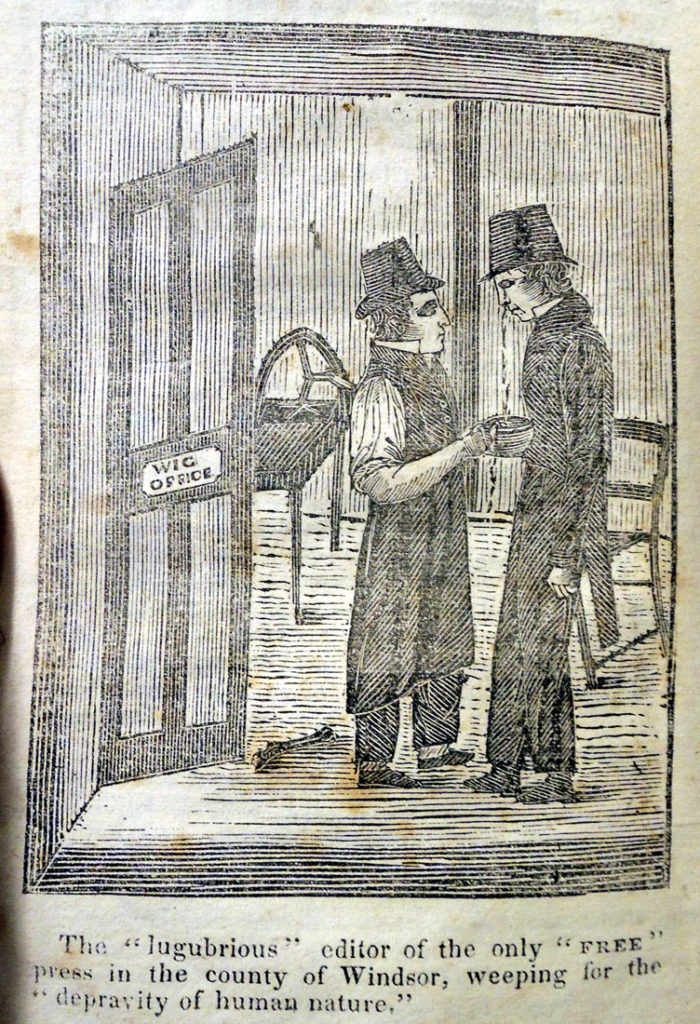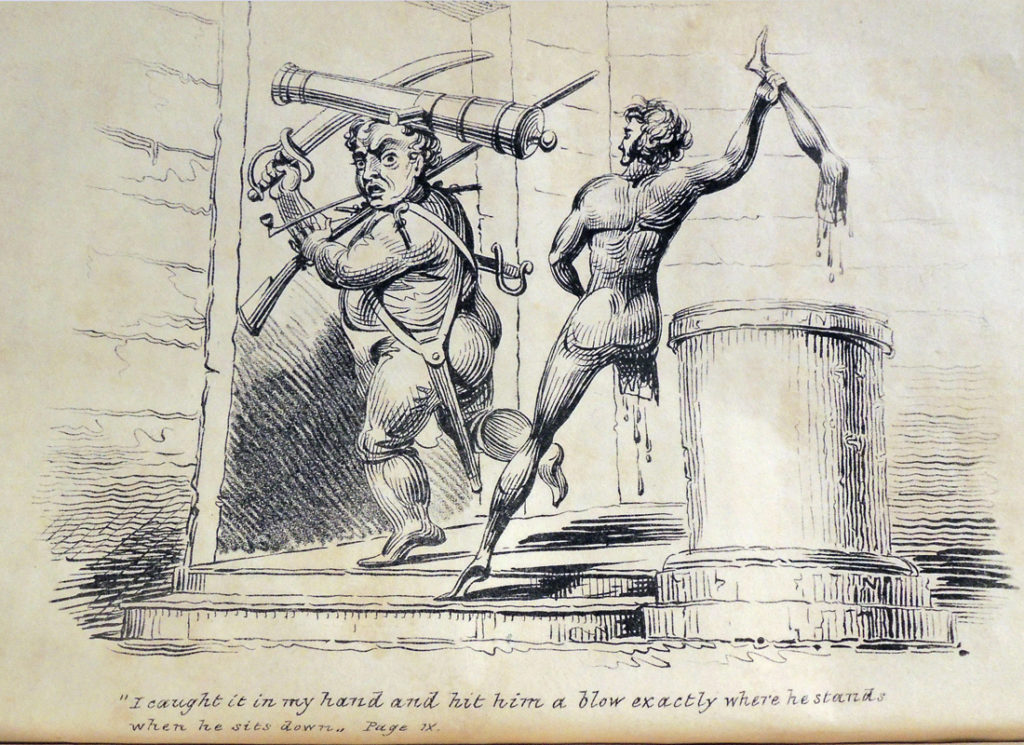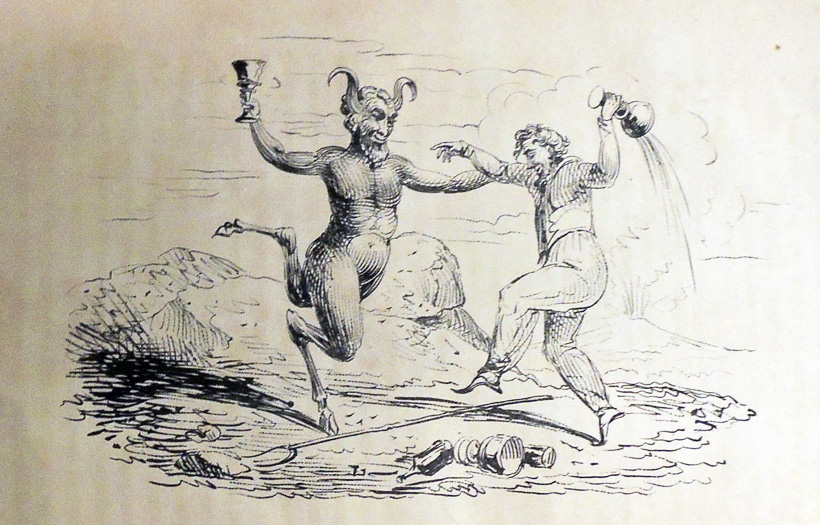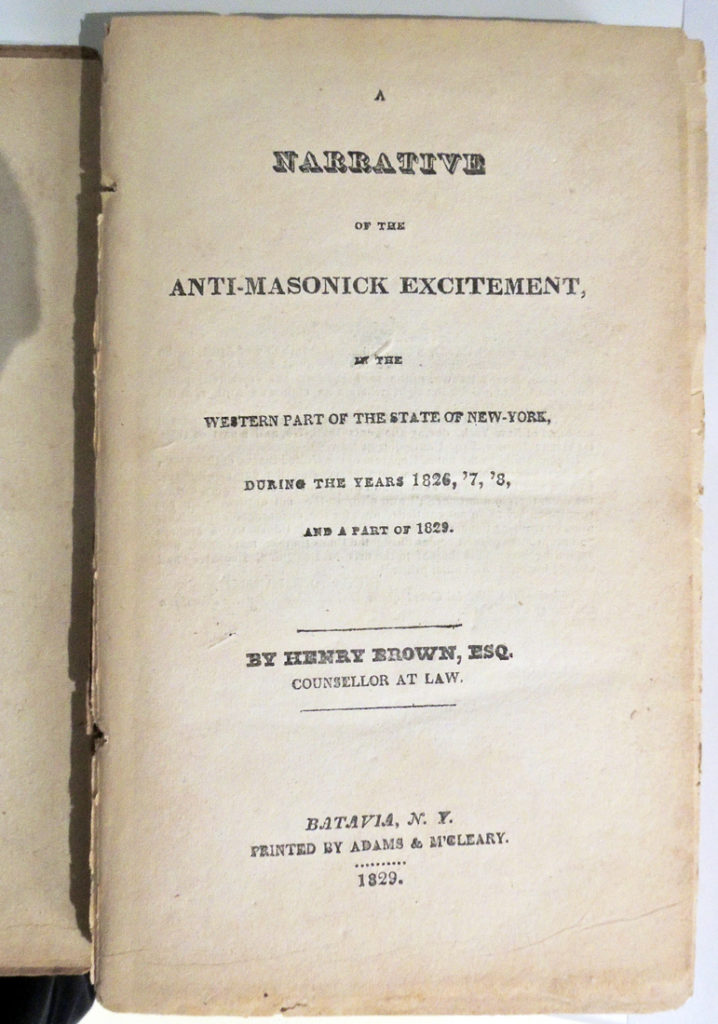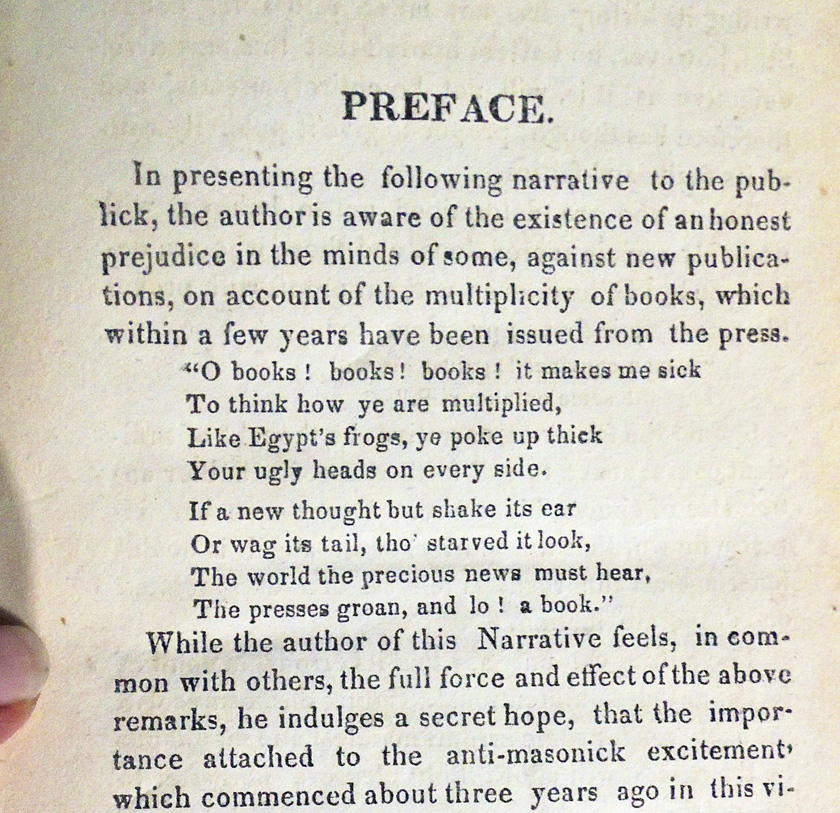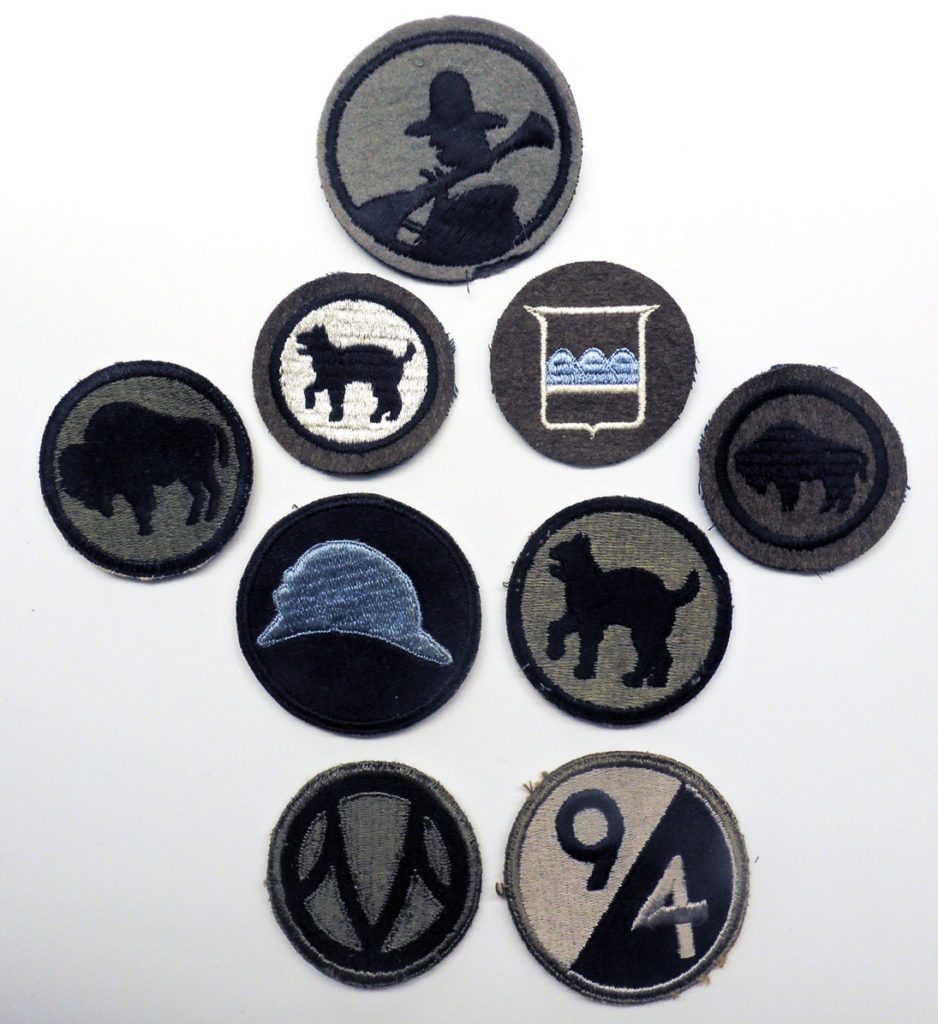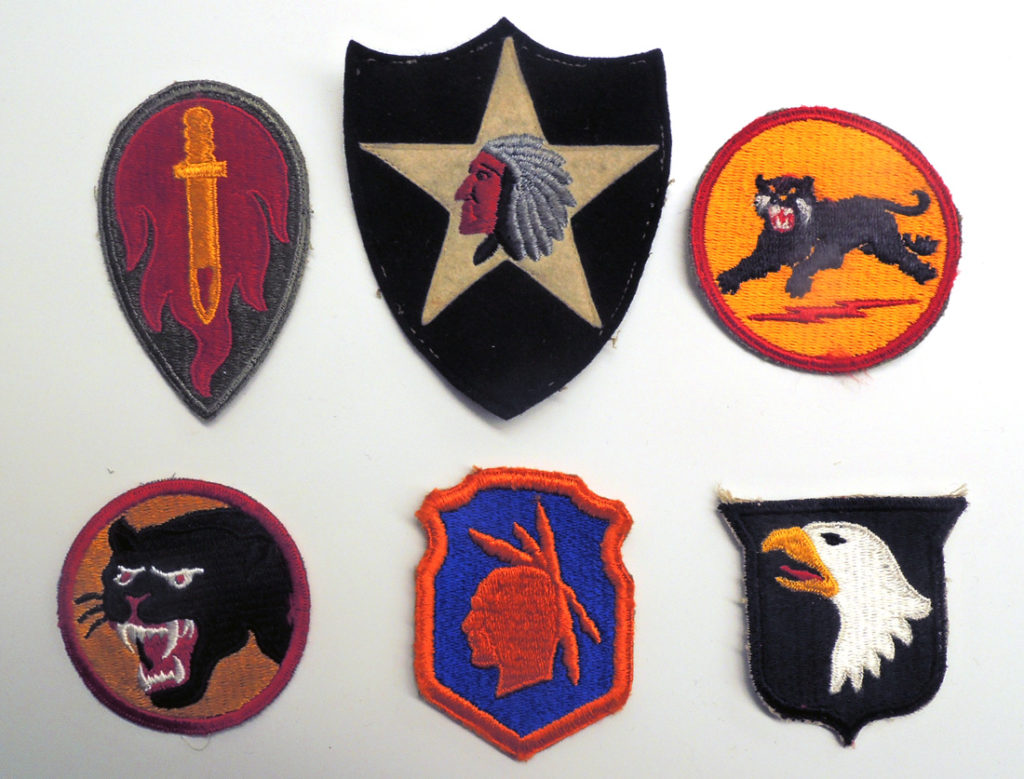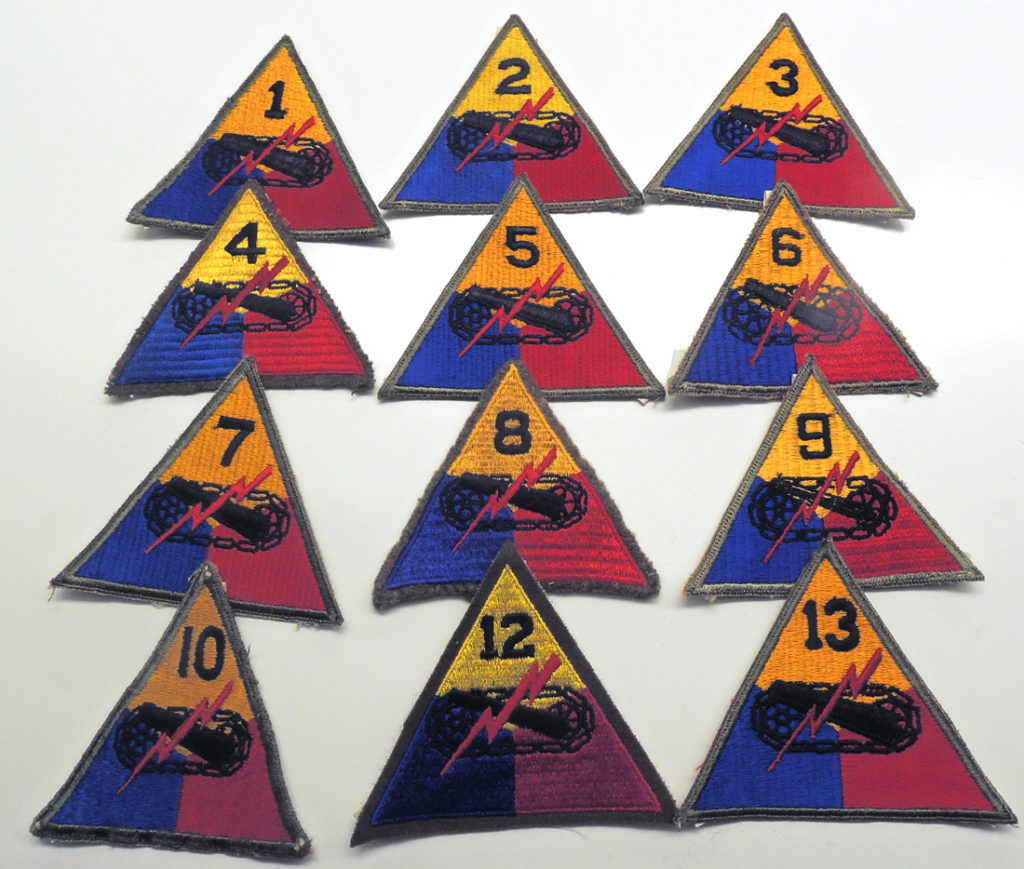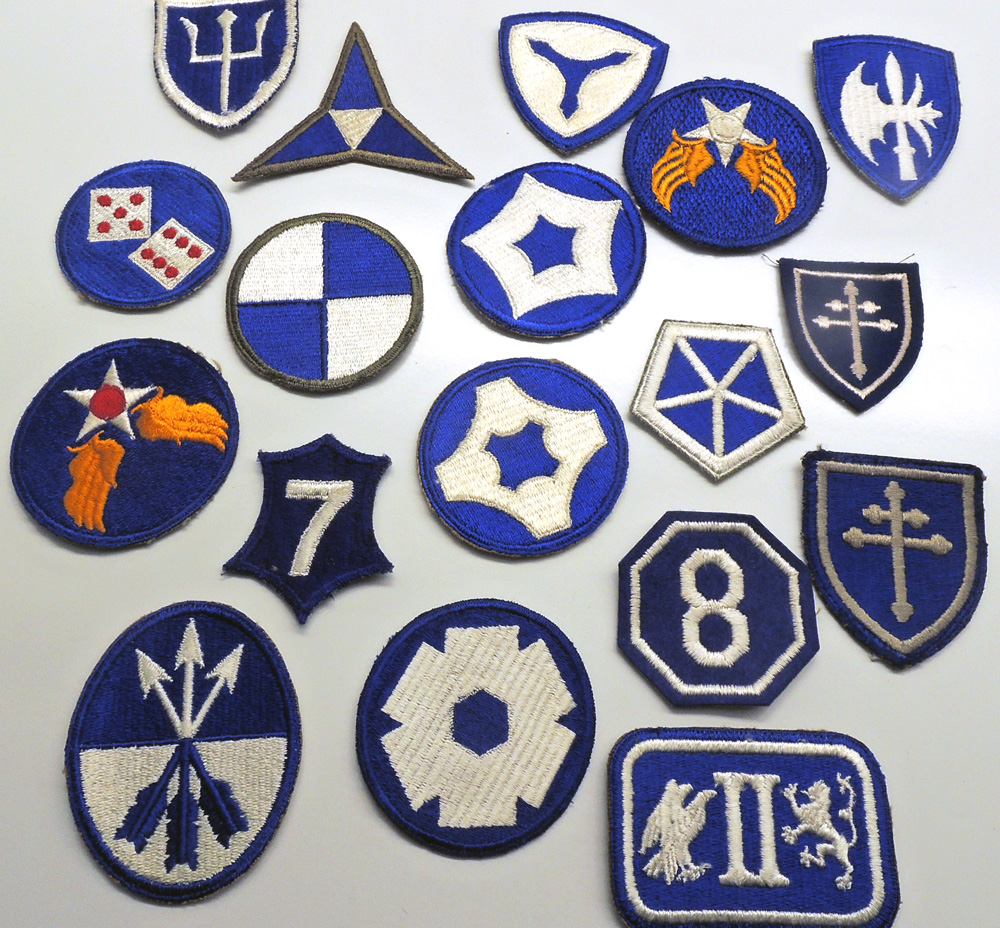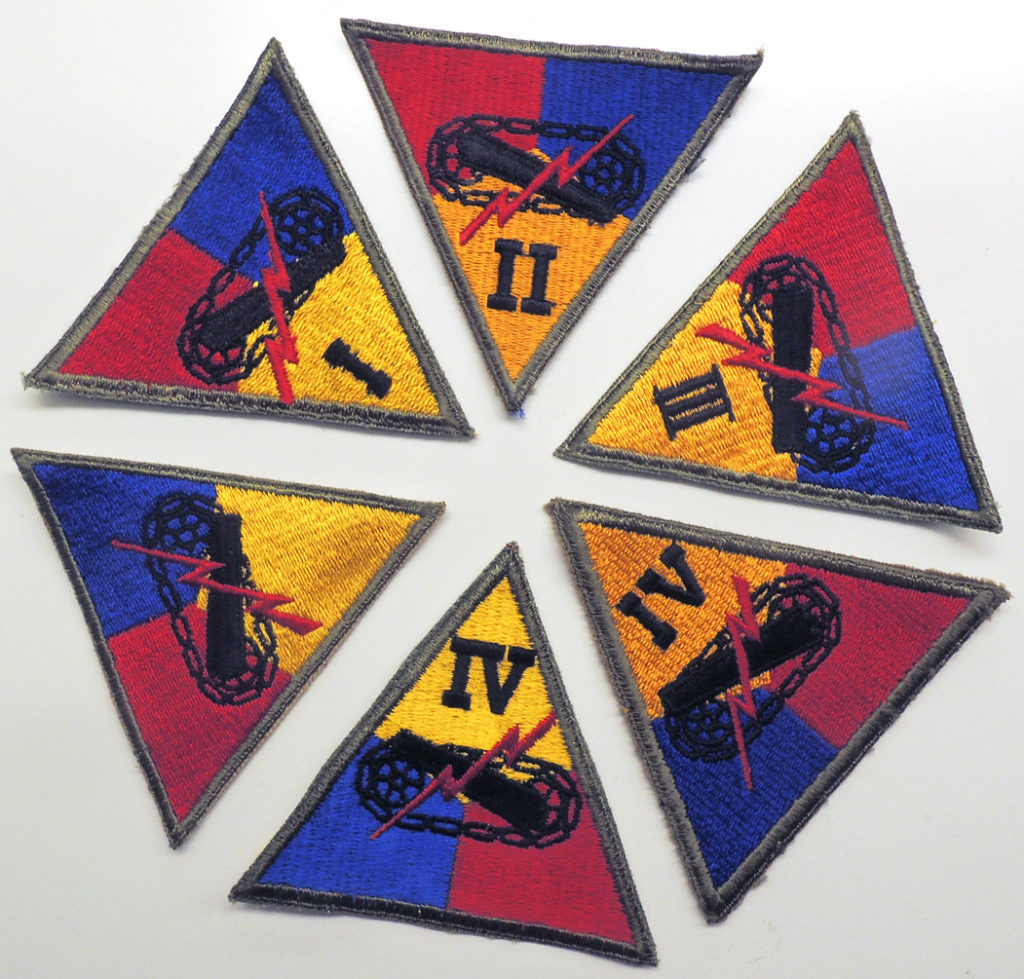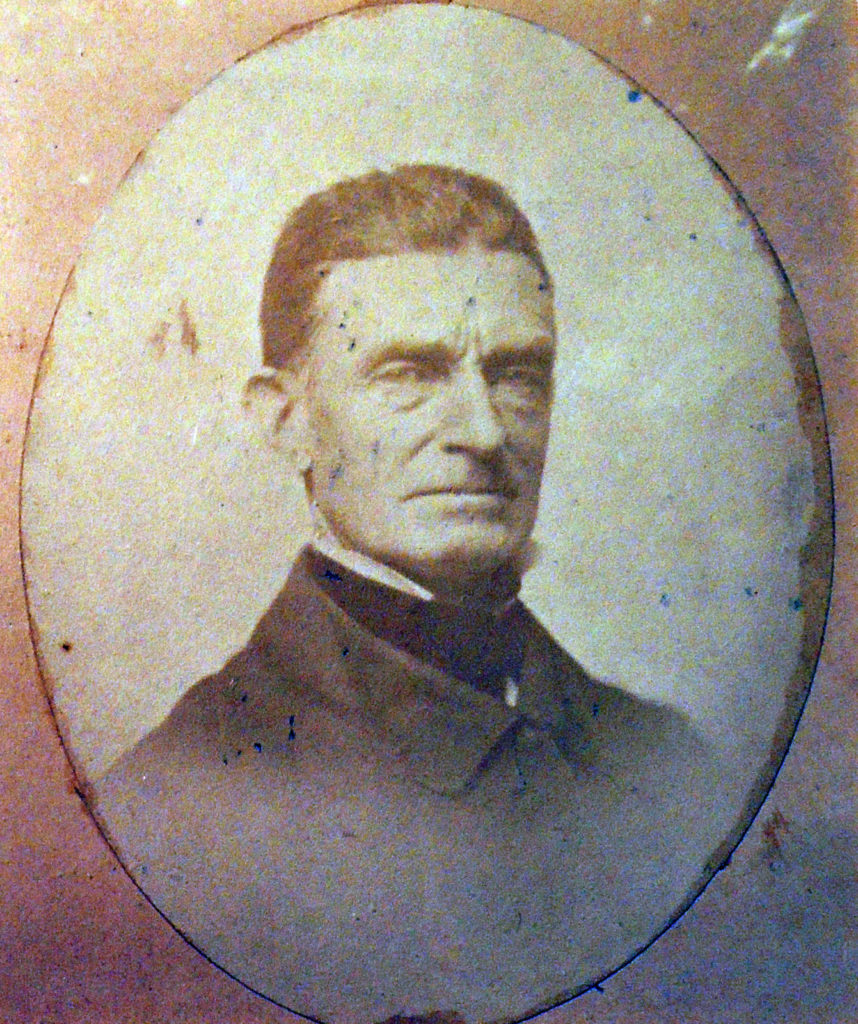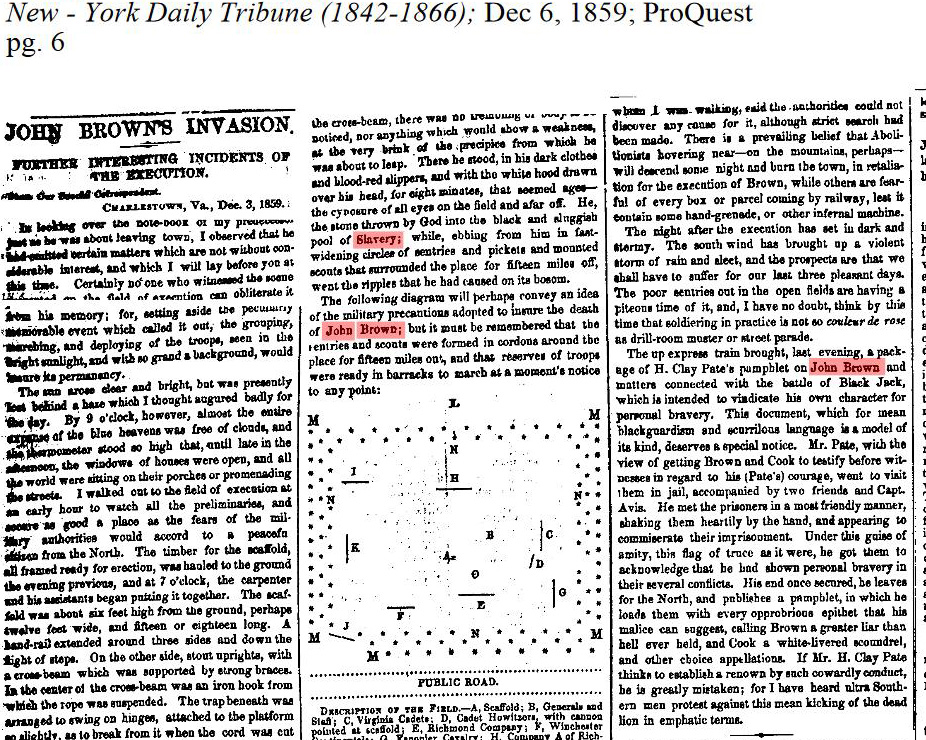“The very first photo-documentary of Oxford was created by William Henry Fox Talbot,” reads the announcements. “A century and a half later, Martin Parr’s new project pays tribute to [that] great pioneer of photography.”
Commissioned by the Bodleian Library and Oxford University Press, Parr’s upcoming book is a collection of around 100 photographs documenting the life of the university between 2014 and 2016. The images capture day-to-day life of the school, highlighting the colorful and arcane rituals “that make Oxford so distinctive.”
Last Friday, we were given a preview of the book, entitled simply Oxford, due out on September 7, 2017. An exhibition to accompany the book’s release will be held from September 8 to October 22, 2017 in Blackwell Hall, Weston Library, Bodleian Libraries on Broad Street, Oxford.
In paging through the maquette with Bodley’s Librarian Richard Ovenden, we were introduced to the many bizarre, eccentric, peculiar, and unique activities at Oxford University (including a cat that is really a dog). One of the most memorable was the ancient practice of ‘beating the bounds,’ ceremonially re-enacted every year. The photograph by Parr at the top of this post is one such beating, although not the print that eventually made the cut for the book.
Another view of this ritual from the Graphic Arts Collection is: 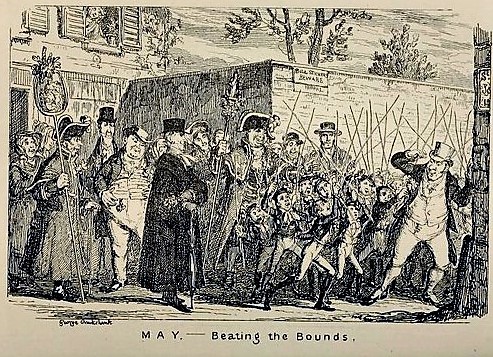 George Cruikshank (1792-1878), “May – Beating the Bounds,” in The Comic almanack; an ephemeris in jest and earnest, containing merry tales, humorous poetry, quips, and oddities. Text by William Makepeace Thackeray (1811-1863); Albert Smith (1816-1860); Gilbert Abbot À Beckett (1811-1856); Horace Mayhew (1816-1872); and Henry Mayhew (1812-1887) (London: Tilt and Bogue, 1837). Graphic Arts Collection Cruik 1835.81. Published in a run of approximately 20,000.
George Cruikshank (1792-1878), “May – Beating the Bounds,” in The Comic almanack; an ephemeris in jest and earnest, containing merry tales, humorous poetry, quips, and oddities. Text by William Makepeace Thackeray (1811-1863); Albert Smith (1816-1860); Gilbert Abbot À Beckett (1811-1856); Horace Mayhew (1816-1872); and Henry Mayhew (1812-1887) (London: Tilt and Bogue, 1837). Graphic Arts Collection Cruik 1835.81. Published in a run of approximately 20,000.
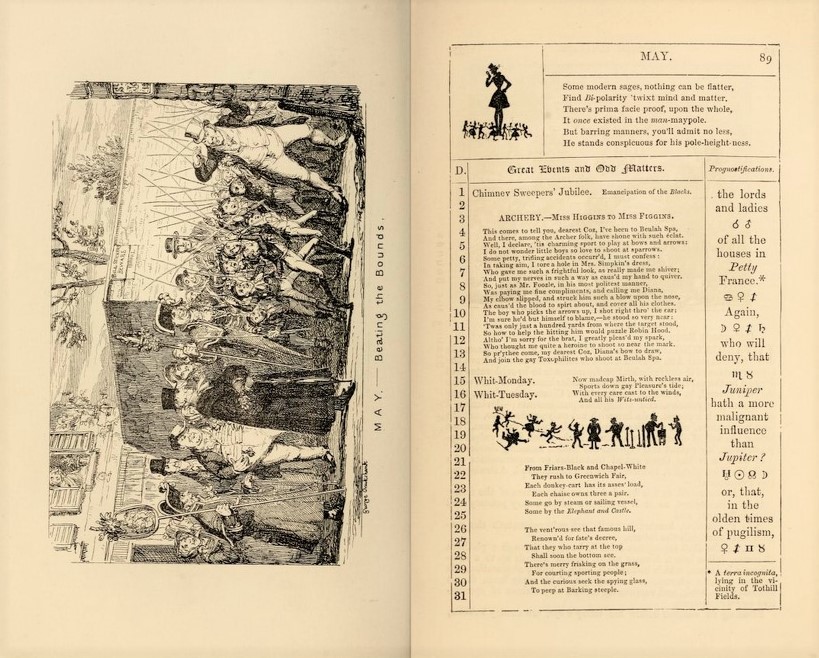
Beginning in 1835 and continuing for nine years, Cruikshank alone drew the plates for each monthly issue. Thackeray contributed small stories and promoted the series writing that it showed “a great deal of comic power, and Cruikshank’s designs were so admirable, that the ‘Almanack’ at once became a vast favourite with the public and has remained so ever since.”
See also: http://www.bodleian.ox.ac.uk/whatson/whats-on/upcoming-events/2017/sep/martin-parr-oxford

